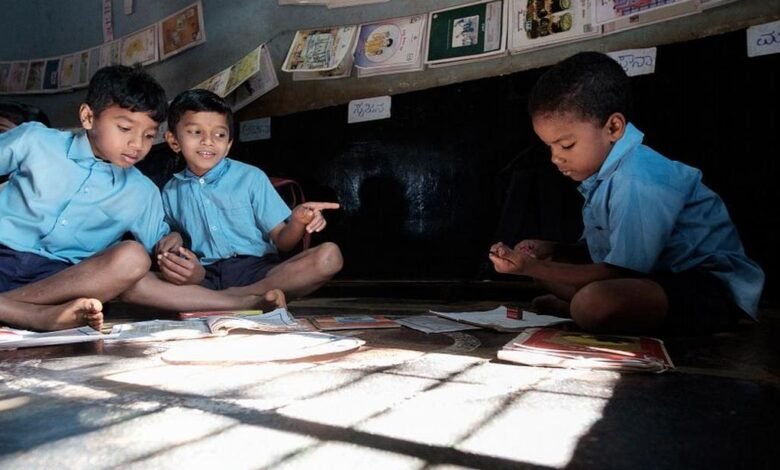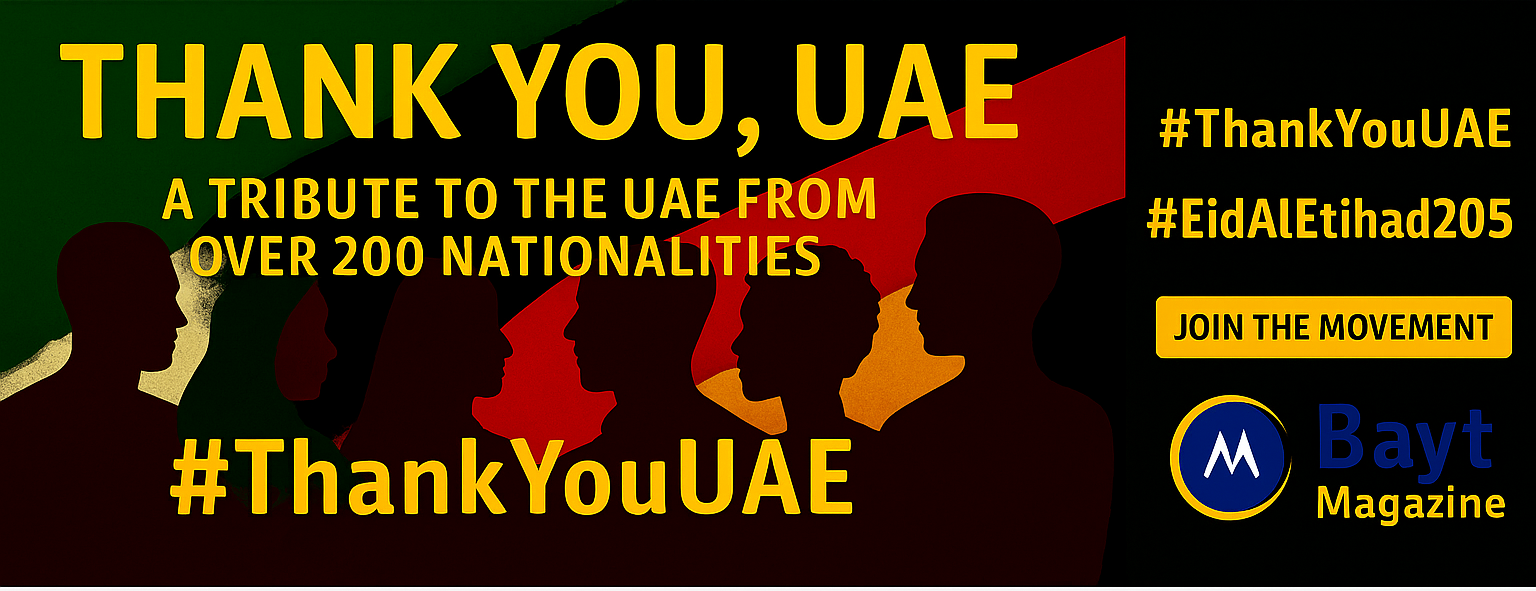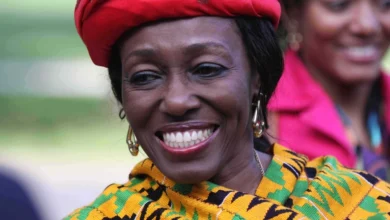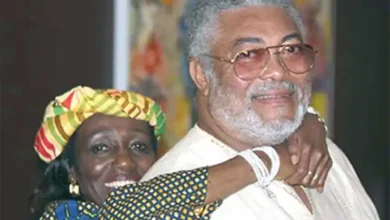
Hidden in Plain Sight: The Fascinating Tale of India’s African Siddi Tribe
A remarkable community that challenges common perceptions of Indian identity exists within India’s mixture of cultures. The Siddi people have made India their home for over seven centuries. They descended from East African ancestors.
The Siddi tribe stands out as one of India’s most fascinating communities, though few know about them. These people have created a distinctive cultural blend from Gujarat to Karnataka. They preserved their unique African heritage while embracing Indian customs. Their story covers tales of warriors who became rulers and artists who enriched Indian culture. The community managed to keep their traditions alive against all odds.
The remarkable experience of the Siddi people in India reveals their African origins, historical significance, and present-day challenges and achievements. Their story adds a significant chapter to Indian history that needs greater recognition and understanding.
Origins and Historical Journey
The Siddi people’s trip to Indian shores started as early as the 7th century CE. This began centuries of migration that shaped their destiny. The first wave brought East African traders and merchants who created their original settlements along India’s western coastline.
Migration grew substantially between the 13th and 19th centuries. Large groups of Africans from the Bantu communities of East Africa made their way to Indian shores. These newcomers arrived under different circumstances. Some came as free traders and merchants, others as military personnel. Many others were brought as part of the expanding slave trade.
Trade and slavery played complex roles in Siddi history. Some Siddis controlled vital maritime routes as merchants and sailors. Others served as military mercenaries in Indian kingdoms. Portuguese merchants brought many Bantu peoples to the Indian subcontinent as slaves. Many Siddis rose above these circumstances and achieved remarkable positions of power in Indian kingdoms.
The early Siddi communities settled mainly in:
- Gujarat and its coastal regions
- Karnataka’s forested areas
- Maharashtra’s western coast
- Parts of Goa and Andhra Pradesh
The abolition of slavery in the 18th and 19th centuries led many Siddis to seek refuge in India’s dense forests, especially in Karnataka’s Uttara Kannada region. Communities formed tight-knit groups in forested areas during this time. They developed distinct cultural identities and managed to keep their African heritage.
India’s current Siddi population ranges between 40,000 and 50,000 people. Most live in Gujarat and Karnataka. These communities have created a unique Indo-African cultural blend. They preserve their cultural identity while adapting to local customs and traditions.
Cultural Heritage and Identity
The Siddi community’s cultural identity beautifully combines African heritage with Indian influences. Their vibrant musical tradition stands at the core of their cultural expression, with unique instruments and dance forms that echo their African roots.
The Dhamal or Siddi Goma dance powerfully expresses their cultural heritage. This dynamic performance features several traditional instruments:
- Mugarman (wooden drum)
- Malunga (musical bow)
- Dammam and Duf (percussion instruments)
- Mai Mishra (coconut rattle)
The Siddi community’s religious practices show remarkable diversity and harmony. They practice Islam, Hinduism, and Christianity while maintaining unique spiritual traditions that surpass religious boundaries. The Hiriyaru (ancestor worship) brings families together to honor their departed elders, whatever their religious beliefs.
Sacred shrines like Gujarat’s Bava Gor attract devotees from many faiths, which illustrates their inclusive religious outlook. Many Siddis stay devoted to local deities like Yallamma, whatever their main religion, and this creates a unique spiritual blend.
The Siddi community shows amazing adaptability in their language use. Community members speak multiple languages fluently, with Konkani, Marathi, and Urdu being the most common. This multilingual skill helps them keep their distinct identity while blending with local communities. Their social customs reflect both change and preservation, as seen in their traditional kavands quilting art and community gatherings that feature both African and Indian elements.
Notable Achievements and Contributions
The story of Malik Ambar stands out as one of the most remarkable achievements in Siddi history. His rise from an enslaved person to a powerful ruler shows his community’s strength and potential. Ambar was born in Ethiopia in 1548 and became the regent of the Ahmadnagar Sultanate. By 1610, he led an impressive army of 50,000 soldiers.
Ambar showed exceptional military skills and administrative talent. His achievements were remarkable:
- He created new guerrilla warfare tactics to fight Mughal forces
- He set up a revenue settlement system in the Deccan
- He built an advanced water supply system in just fifteen months
Siddi military leaders’ excellence went way beyond Ambar’s achievements. The Abyssinian Party emerged in Bengal during the 1480s, while other Siddi leaders created powerful dynasties in Janjira and Sachin. Indian rulers specifically chose them as palace guards and military commanders because of their loyalty and battle skills.
Several historical monuments still showcase the Siddi community’s architectural heritage. Ambar’s greatest building achievement was founding Khadki (now Aurangabad), where he created an innovative underground water system called Neher. This engineering masterpiece used a seven-foot-deep tunnel system that changed how the region managed water.
Siddi artistic influence touched many areas of Indian culture. Their Kawandi quilting tradition has earned worldwide recognition. Siddi women create these detailed quilts that blend their African roots with Indian influences. These pieces now reach homes across the USA, Canada, Australia, and Germany.
Modern Challenges and Aspirations
The Siddi community today faces the most important challenges in their quest for better opportunities and social acceptance. Siddi families in villages like Ankolvadi struggle with simple necessities. Their children walk up to eight kilometers daily to attend school. Each family earns an average monthly income below Rs. 10,000, which shows their economic hardships.
Education and Economic Opportunities
The education scenario shows troubling trends. Siddi children encounter multiple barriers to learning:
- Limited access to nearby schools
- High dropout rates due to discrimination
- Inadequate infrastructure in existing schools
- Financial constraints preventing higher education
Social Integration and Discrimination
Social integration presents a complex challenge. Siddis feel at ease only within a 50-100 kilometer radius of their homes. They often face treatment as outsiders when they venture beyond these areas. Skin tone-based discrimination affects their educational and job opportunities persistently.
Youth Empowerment Initiatives
Several promising initiatives have emerged despite these challenges. The Special Area Games program showed the community’s sporting potential before its discontinuation in 1992. New developments include Eklavya Model residential schools for tribal children. NGOs like the Aga Khan Rural Support Program now focus on women’s entrepreneurship.
The Gujarat government collaborates with the Department of Science and Technology to run innovative mariculture programs. These programs equip the Siddi community with technical knowledge and resources. Growing awareness about the community’s needs creates new paths for Siddi youth. They can now pursue their dreams while preserving their unique cultural identity.
The Siddi community’s centuries-old trip blends African roots with Indian traditions to create a unique cultural identity. Their story shows exceptional resilience, from Malik Ambar’s leadership to their distinctive art forms like Dhamal dance and Kawandi quilting.
Today’s Siddi communities struggle with education, employment, and social acceptance. Recent government programs and increased awareness about their heritage point to positive changes ahead. Youth education programs, skill development initiatives, and cultural preservation efforts are a great way to get support for future generations.
The Siddi story is proof of India’s rich cultural diversity. Their military achievements and architectural wonders have shaped Indian history and deserve recognition. Targeted education and economic programs will help preserve their heritage while creating opportunities for advancement in modern India.





